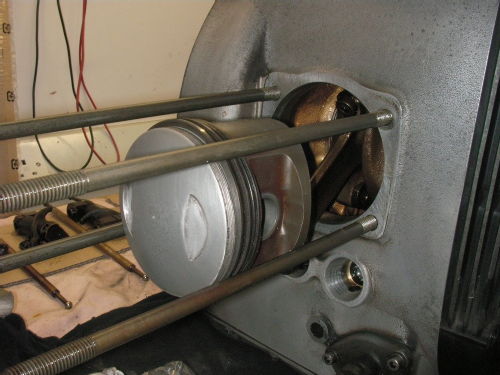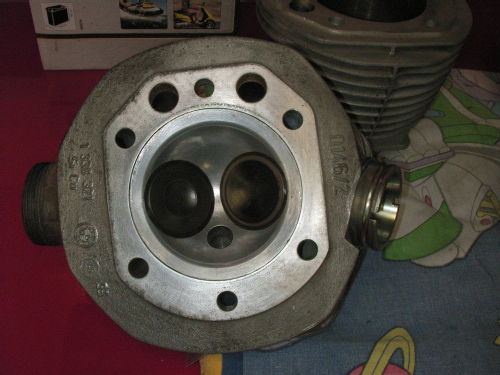1,500 miles down the track going East, surrounded by cuckoos, bitterns, little bitterns, purple herons, golden orioles...an avian conspiracy against the possibility of sleep. We had ridden for two days across Europe, 8 countries on big fat BMW motorcycles, vaguely assuming that the wildlife of Romania would be our eventual target. Without anticipating Hungary.
Trapped by the astounding beauty of the big flat flood plains of the Danube, and stretching westward. First we camped at the great Lake Balaton, then on to the little known Lake Szelid, like a piece of the Okavango, a stranded and slowly salinating Danube ox-bow, with swarms of frogs and birds that I've only ever imagined I would hear or see in Africa. And then, heading towards the Romanian border and Timisoara, we stopped for lunch just a little to the west of Szeged - a small spa town called Mórahalom - the kind of place that immediately impresses with its calmness and welcome. After half an hour, Martin was seriously analysing the estate agent's wares. With the help of the English speaking young ladies at the Library and the Toursist Information centre (Hungarian ladies are beautiful, even when not riding bicycles, although it is rare to see them not riding bicycles, that seeming to be the national habit, in shorts and with very nice legs), we were directed to a small nature reserve along a sandy track (think Paris-Dakar rally). It was, I believe, called Madarász, however the Hungarian language may as well be Martian to us, and most people there seem to speak nothing else. Anyhow, it is one of the world's greatest natural experiences...whiskered terns, black terns, marsh and hen harriers, peregrines, otters, bitterns of both variety, and a raucous colony of purple herons.
Some photos fail to do justice to Hungary's wonder...
 \
\
Crossing on the Lake Balaton ferry...

Fishermen's punts at Lake Szelid...

Evening on Lake Szelid...

A single representative of the million tiny frogs that we found hopping around the foot path along Lake Szelid. Food for bitterns. A sign of a healthy eco-system.

A statue in the lovely little park in the spa town of Moralohom, Hungary. Notice the nice lady wrapped in a towel. It attracts visitors from all over the world to its waters, and possibly also its population of nice ladies on bicycles.

At the nature reserve, strange sheep with spiral horns, pigs with curly afro style coats...

Hungarian pony...

The reserve contains a series of long artificial lakes, full of life for nature lovers and fishermen...

And flowers...







 Favourite blogs for
Favourite blogs for




 Robert O'Toole
Robert O'Toole

 Please wait - comments are loading
Please wait - comments are loading











 \
\

















































